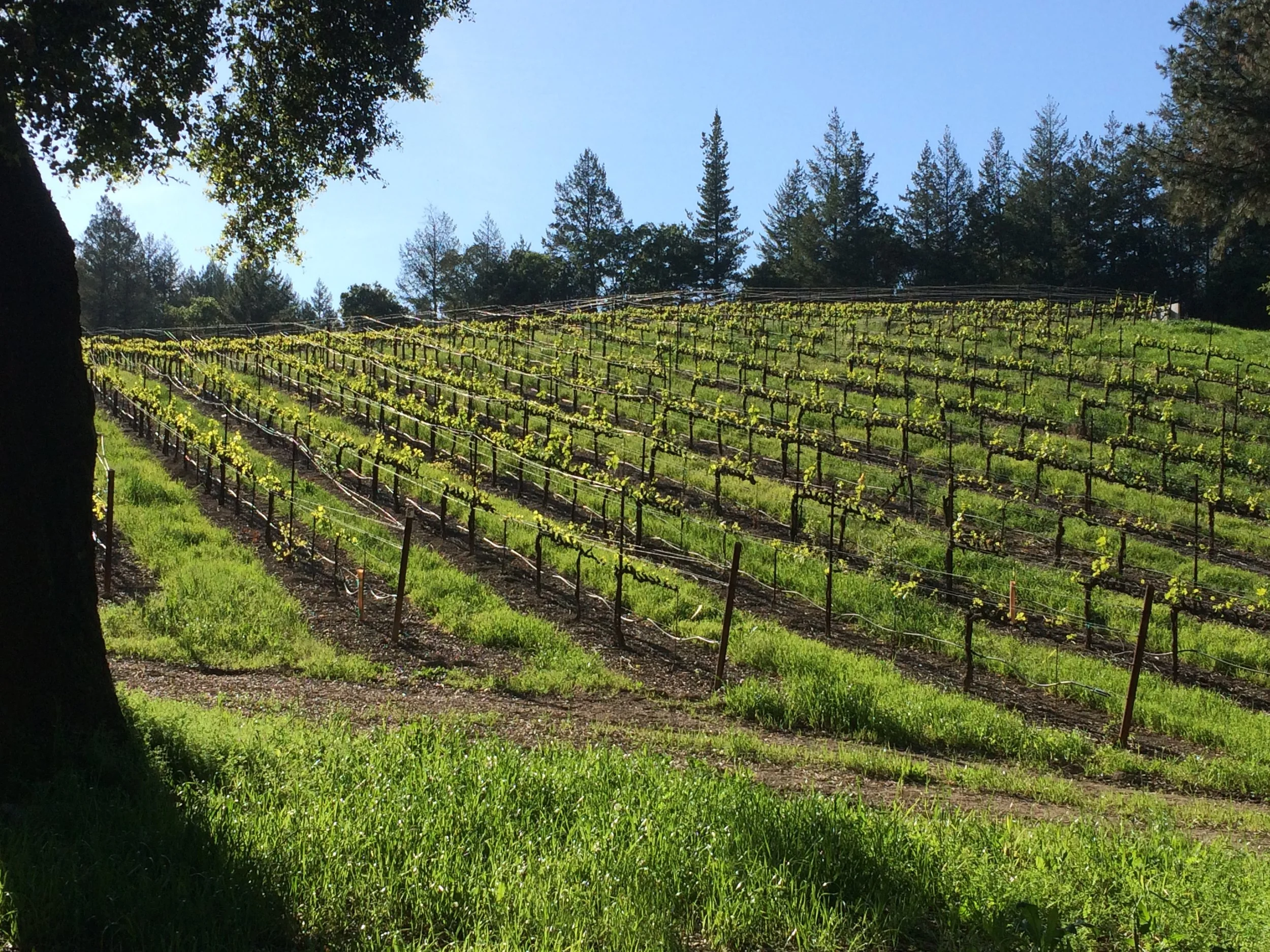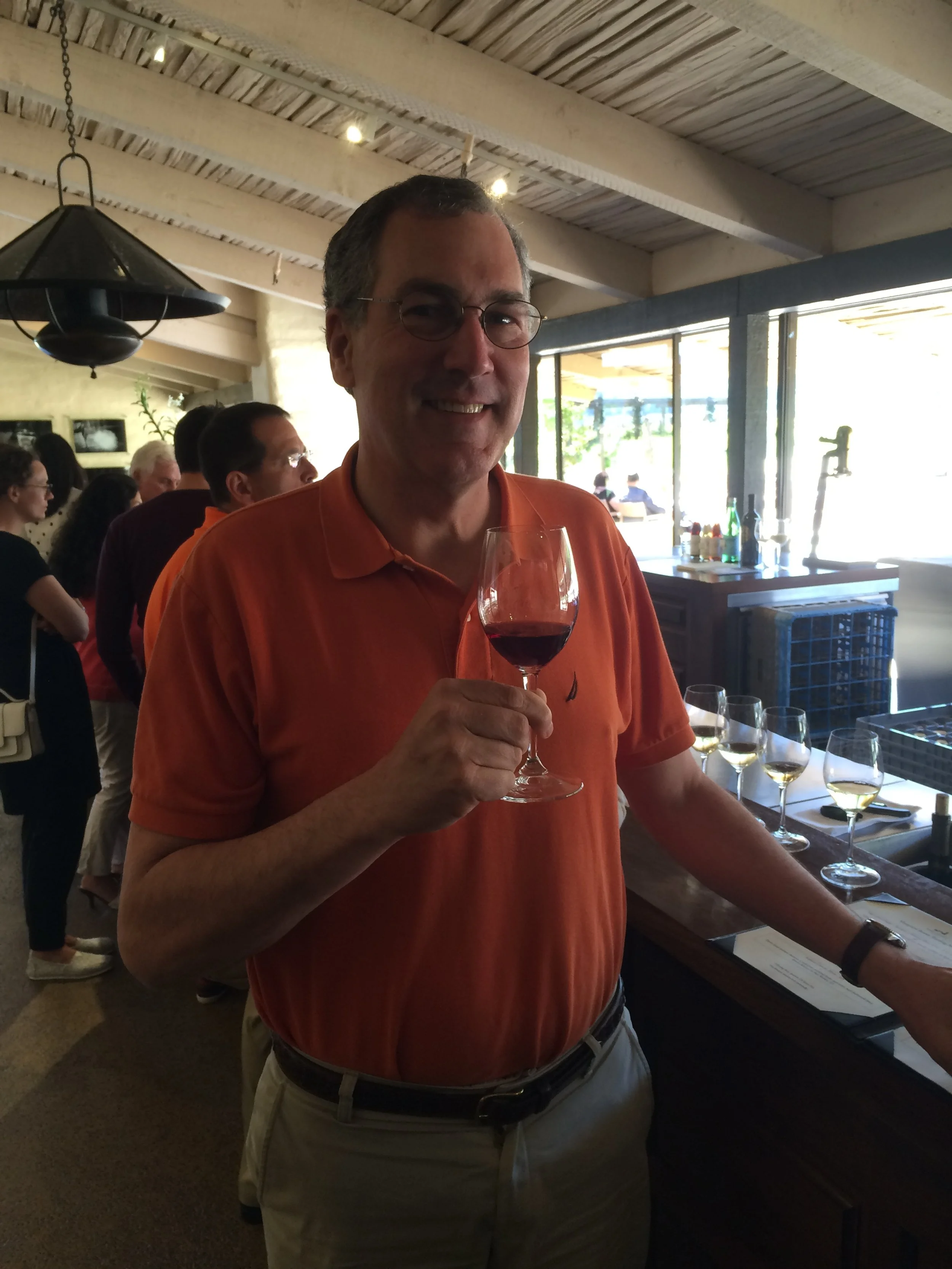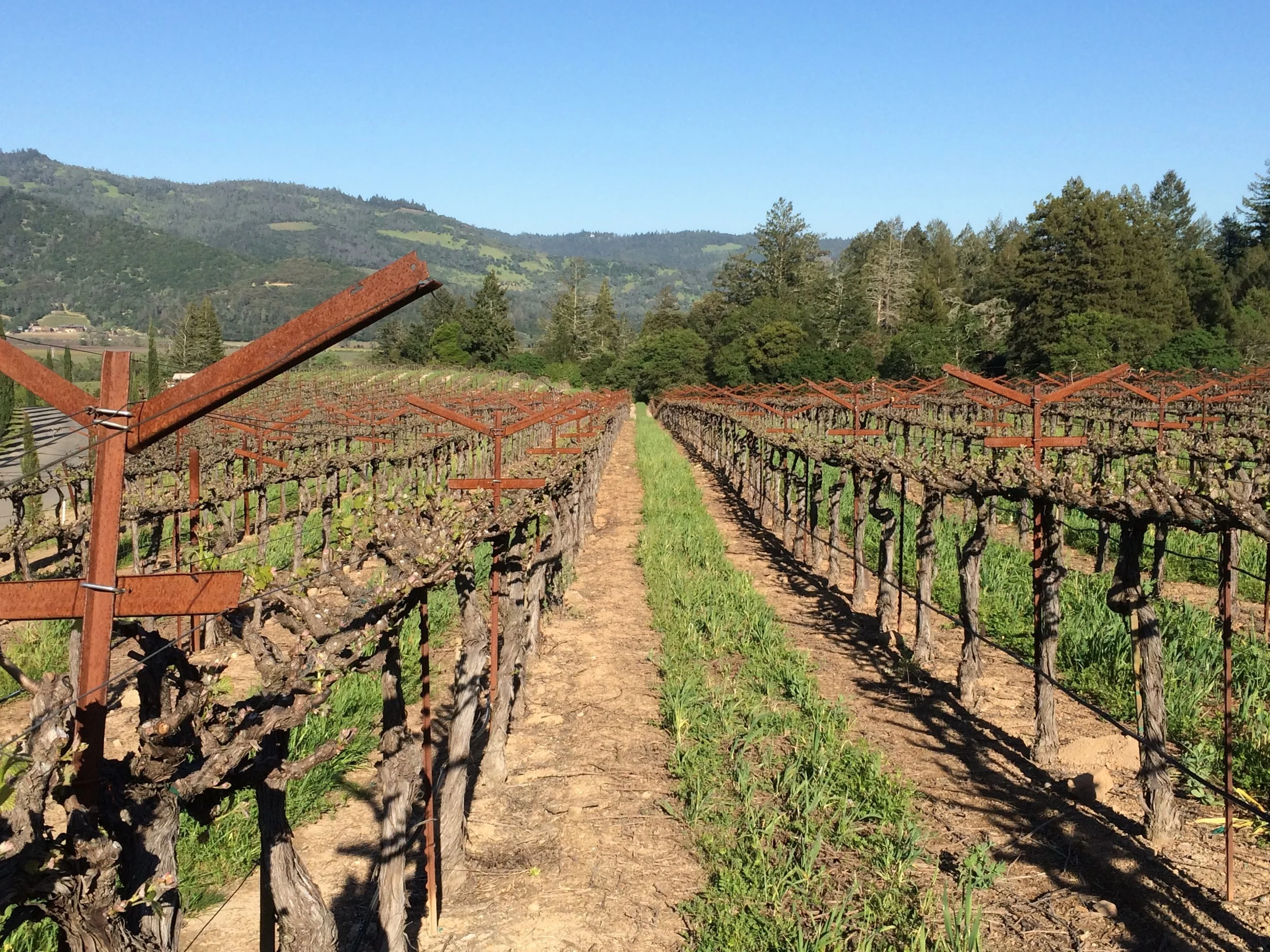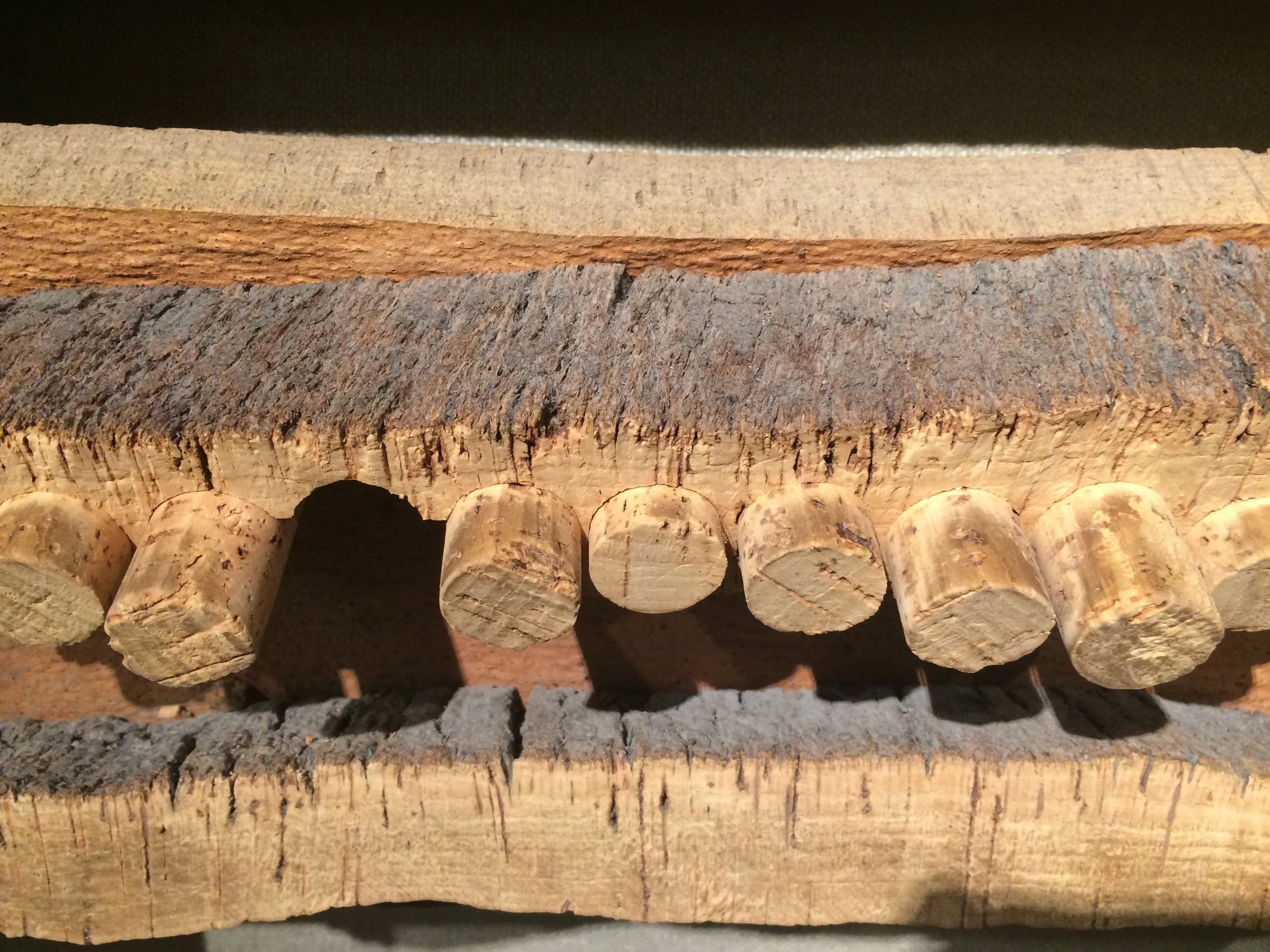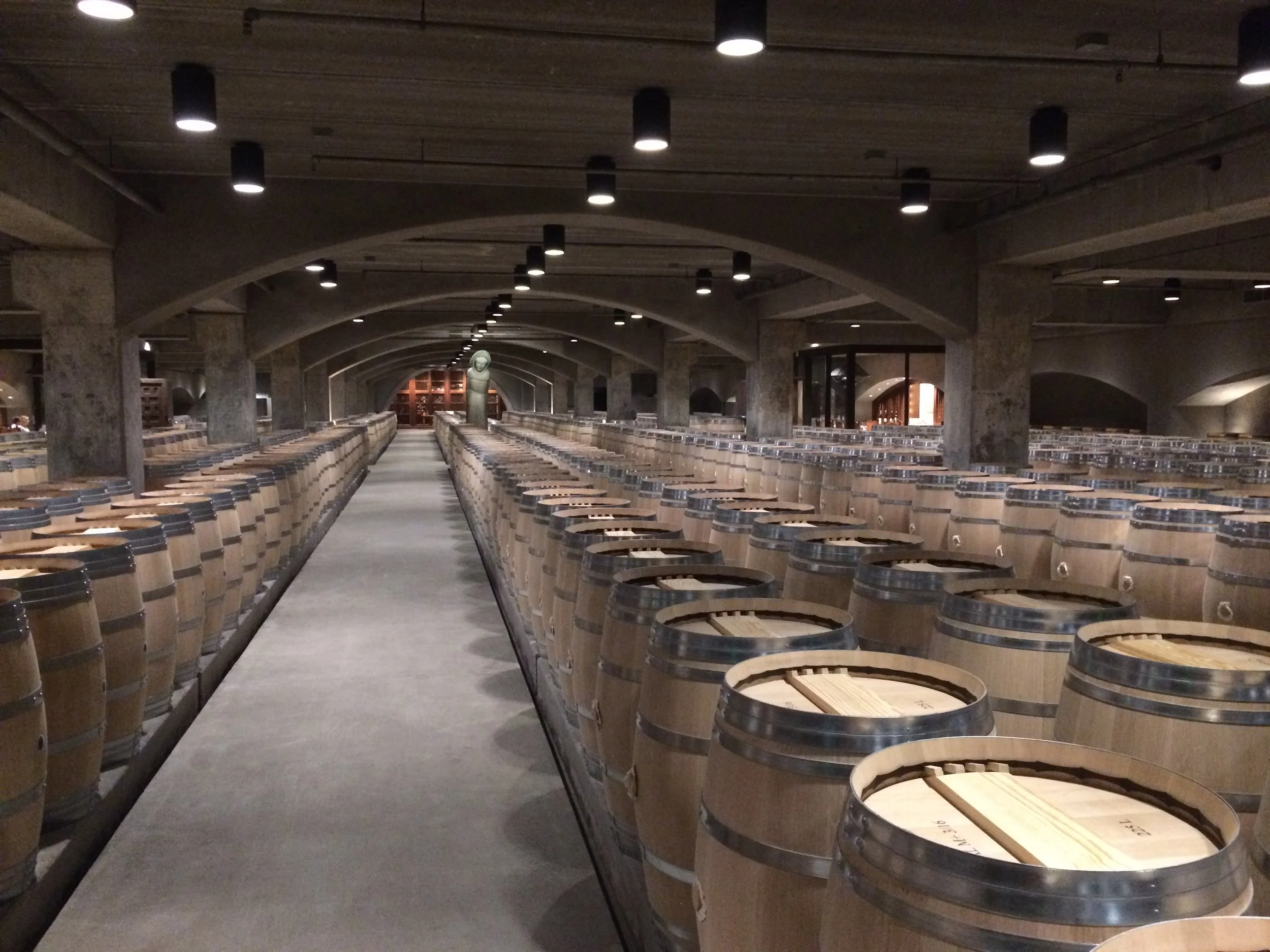California. The Golden State’s Valley of Wine
Why does Napa Valley produce some of the world’s highest quality wines? The answer has to do with the area’s unique geography vis-à-vis exposure, temperature, rainfall, distance to the ocean, and soil. These elements vary somewhat throughout the valley, creating circumstances that favor the production of specific grape varieties. Given its reputation, it would be tempting to believe that Napa produces a significant percentage of U.S. wine. However, within a state responsible for nearly 90% of wine sold in the U.S., the quantity of wine bottled in Napa Valley is relatively small, amounting to about 4% of California’s wine production.
In comparison to much of Europe, wine is a relative newcomer to California. Long before the arrival of vineyards, Native Americans such as the Wappo grew crops in the valley. Modern Napa’s story began in 1836 when George Yount acquired a Mexican land grant. Along with building a log cabin and grain mill, Yount was first to plant a vineyard and soon after the Town of Napa was founded. Positioned on the Napa River, the city served as a center for trade involving lumber, gold, quicksilver, and cattle. During the mid-1880s, the larger area received an influx of prospectors, ranchers, and entrepreneurs.
Napa’s first commercial winery was opened by John Patchett in 1859 on property now contained within the present-day city of Napa and soon Patchett was selling wine for $2 a bottle. The next year Samuel Brannan purchased land in the northern part of the valley near the foothills of Mt. St. Helena and close to the present-day town of Calistoga. Other wineries were established such as Schramsberg, founded in 1862. As grape production expanded, so did tourism. In 1864 Napa Valley Railroad began carrying wine enthusiasts from San Francisco to Calistoga. Producing Bordeaux-style wines, Inglenook Winery was launched near the village of Rutherford and by 1880, Napa had 443 vineyards that each supported a thousand or more vines. The valley’s vineyards suffered during Prohibition (1920-1933) and through infestations of insects such as phylloxera. When Prohibition ended in 1933, some winery owners organized campaigns to attract visitors. For example, Beringer published a map of the valley in 1939 and organized publicity visits by Hollywood celebrities such as Clark Gable and Carol Lombard. In the 1960s, the first large volume wineries were established in the valley including Robert Mondavi.
Today, popular wines grown in Napa Valley include pinot noir, cabernet sauvignon, merlot, zinfandel, and chardonnay, among others. Napa wines have been successful in international competitions. For example, at the 1976 Paris Wine Tasting, Napa wines were compared favorably with high quality French wines. In 1992 the Napa-produced “Screaming Eagle” became the valley’s most sought-after wine at $75 a bottle. The 2024 cost of a single bottle of Screaming Eagle is $7,000. A few Napa winemakers have constructed unusual buildings to attract tourism such as an exact replica of a medieval Tuscan castle built by Dario Sattui in 1996. Sattui spared no expense, importing authentic materials from Italy. Today, Napa’s visitor numbers average 4.5 million per year.
Napa Valley’s unique geography has much to do with its success as a premium wine producing region. Surrounded by the Mayacamas Mountain Range to the north and west and by the Vaca Mountains to the east, the valley’s vertical relief extends from sea level in the south to 110 meters in the north near Calistoga. San Pedro Bay is responsible for sandy soils in the south while rocky soils in the north contain volcanic ash. While Napa Valley has a Mediterranean climate with cool, wet winters and warm summers, it also has areas with distinct microclimates. For example, open southern areas are cooler because of their proximity to San Pedro Bay. Elsewhere, a rain shadow causes the eastern side of the valley to be somewhat drier than the west.
My wife and I were joined by two friends on our Napa tour. On our first full day we took the Napa Valley Wine Train north to Yountville, Oakville, Rutherford, St. Helena, and Calistoga. Along the way we were served dinner in a Pullman dining car. The next day we found breakfast at the Oxbow Public Market in downtown Napa before departing northward by car to the William Hill Winery. Established in 1976, William Hill is on Napa’s east highway. After touring its vineyard and a few buildings where wine is produced and stored, we were offered samples of a delightful sauvignon blanc. William Hill also produces chardonnay, cabernet sauvignon, merlot, and pinot noir. By mid-morning we departed southward to reconnect with Napa’s west road (Highway 29) for stops at Alpha Omega, Beringer, Hall, and Schramsberg wineries. Hall Wines is distinguished by a ten-meter-tall metallic rabbit located on the west side of Highway 29.

